Tomato Clownfish, Captive-Bred
$24.99
-
Select Variant
The Tomato Clownfish, also known as the Bridled Clownfish or Red Clownfish, is found all over the Pacific most of the time as a part of an anemone, such as Bubbletip Sea Anemone (Entacmaea quadricolor). It is believed that the Tomato Clownfish has a wider spread than its counterpart, the Fire Clown, which is typically restricted to Indo-Pacific reefs. It is also believed to utilize coral for a home, in the absence of an Anemone. Captive-Bred tomato clowns are generally darker than their wild counterparts. However, as the fish matures it will change to an attractive red/orange hue. Juveniles sport three white bands, as well as black pectoral fins that slowly disappear as the fish mature.
A Tomato Clownfish is a bright orange-red color with a white vertical stripe in front of the eyes. It is able to grow to a length of five inches, however, it typically reaches the maximum size of 3.5 inches when it is in an aquarium.
Captive-bred clownfish are extremely tough and long-lasting fish. They are the perfect choice for beginners or experienced aquarists. This Tomato Clownfish is a good choice for a reef aquarium. If they are introduced to the aquarium in the same way several varieties of captive-bred clowns could be kept together in the aquarium.
Captive-bred clownfish are easy to breed in the aquarium of your own home. Females are usually the biggest of the two, and the two fish are likely to remain close to one another in the tank. They are egg-laying fish and deposit their eggs on flat surfaces, and will protect eggs from tank mates. The eggs usually hatch within 6 to 11 days, depending on the temp. The fry should be kept in separate tanks with a diet consisting of baby brine shrimp and rotifers.
A very aggressive eater The Tomato Clownfish is known to consume meaty foods and herbivore-based dishes.
Approximate Purchase Size: Small: 3/4" to 1-1/4" Medium 1-1/4" to 2"
- Description
- Additional Information
- Reviews
General info about Tomato Clownfish
The Tomato Clownfish are the color of a ripe tomato, with a white vertical band that runs just behind their heads. The fish is one of the largest Clownfish species that can grow to 4 inches in size. Tomato Clown does not need an Anemone to live, but it can accept a variety of Anemones as hosts which includes corals. The most popular Anemone is Bubble Tip Anemones, but it might also accept Sebae Anemone or Long Tentacle Anemones as hosts.
size
Large, Medium, Small
Units
1
Weight
6 lbs
Dimensions
1 × 1 × 1 in


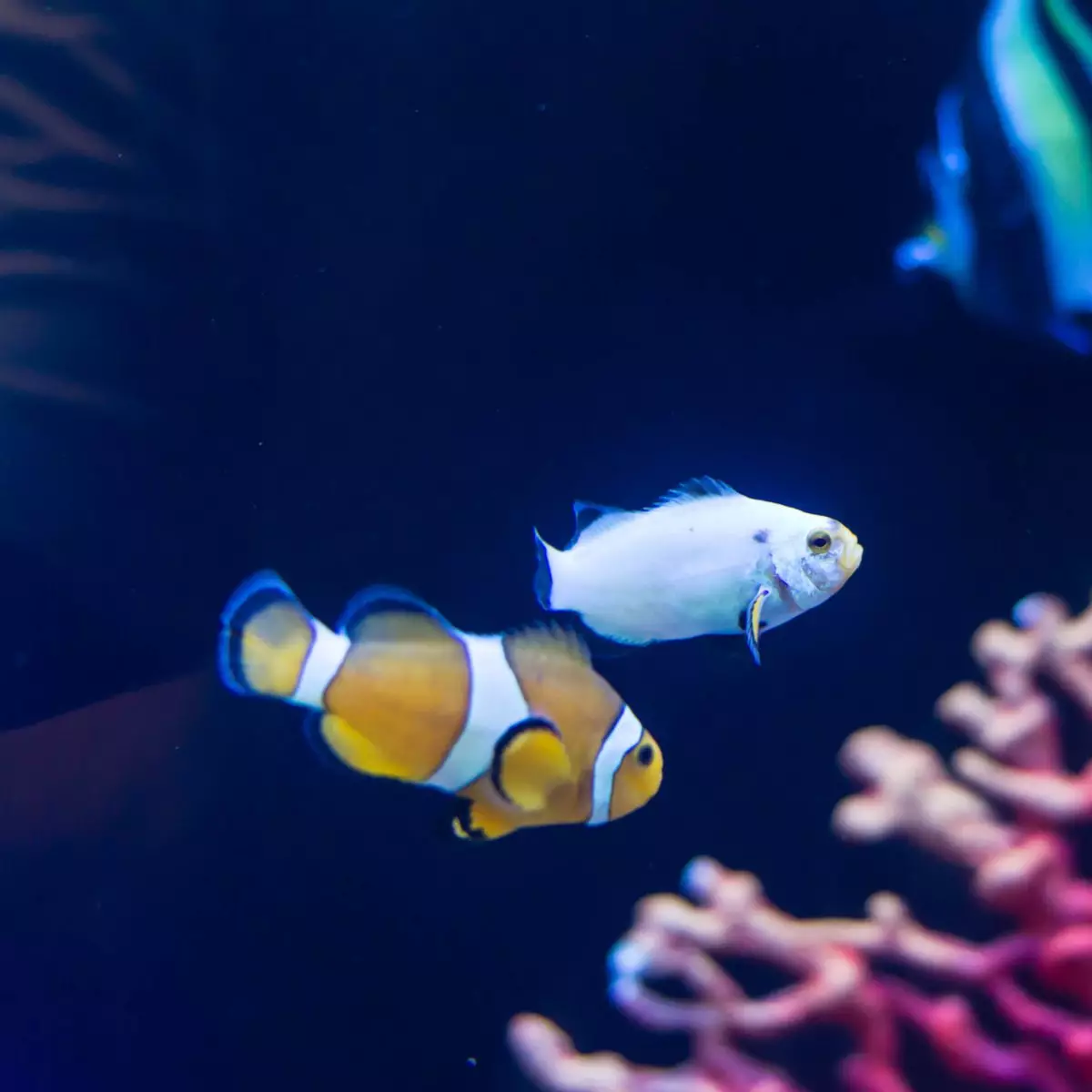
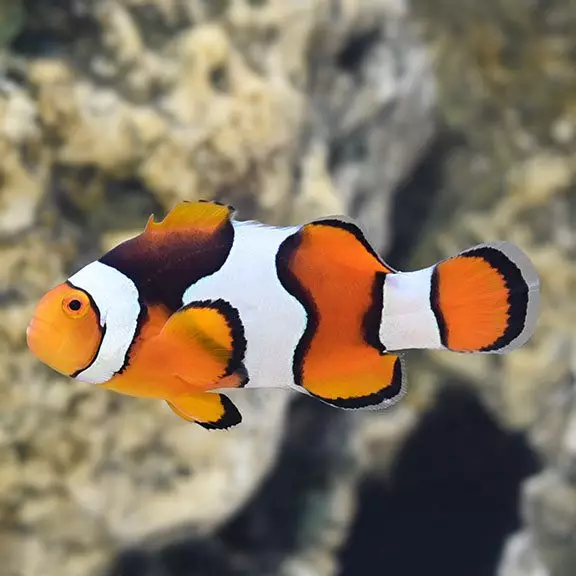
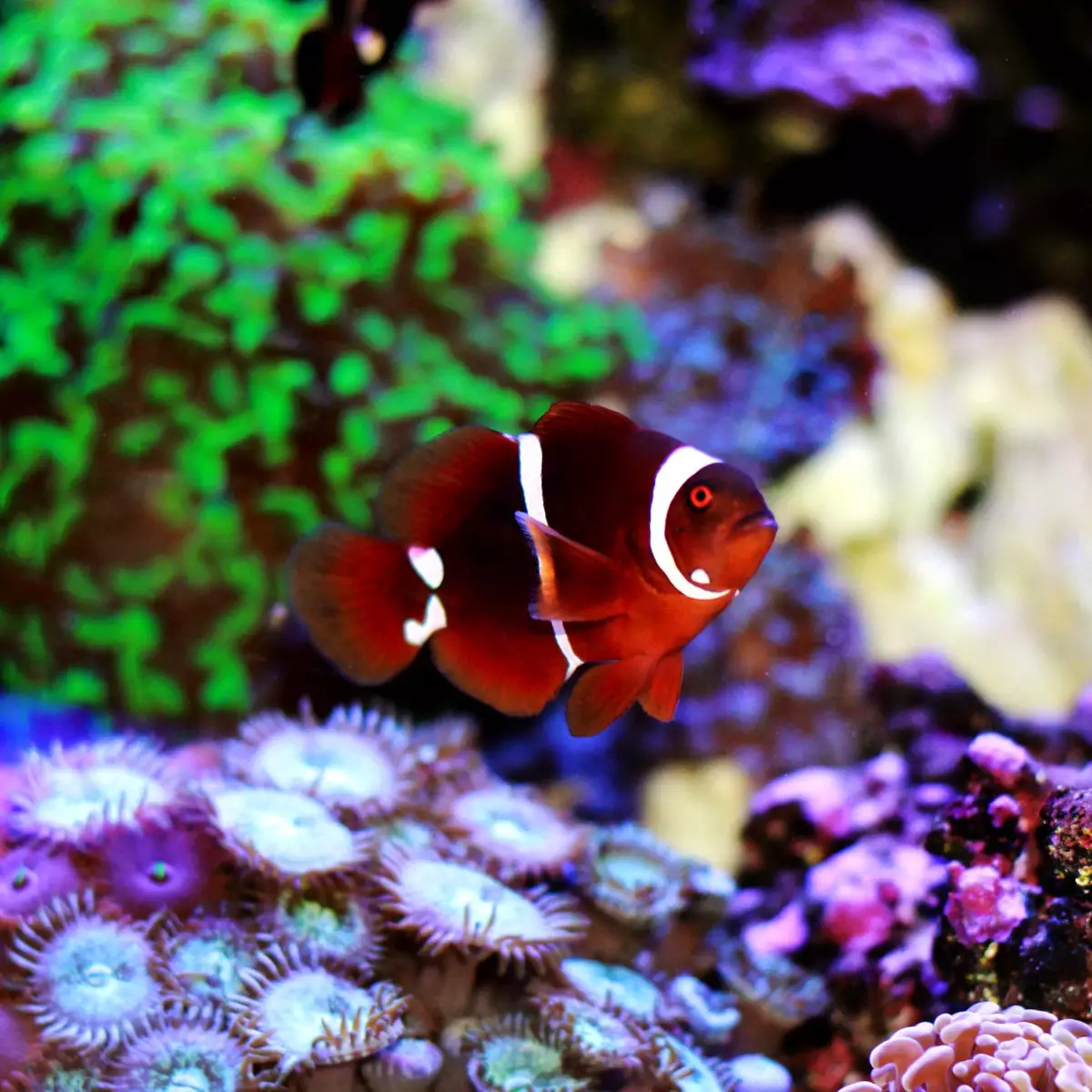

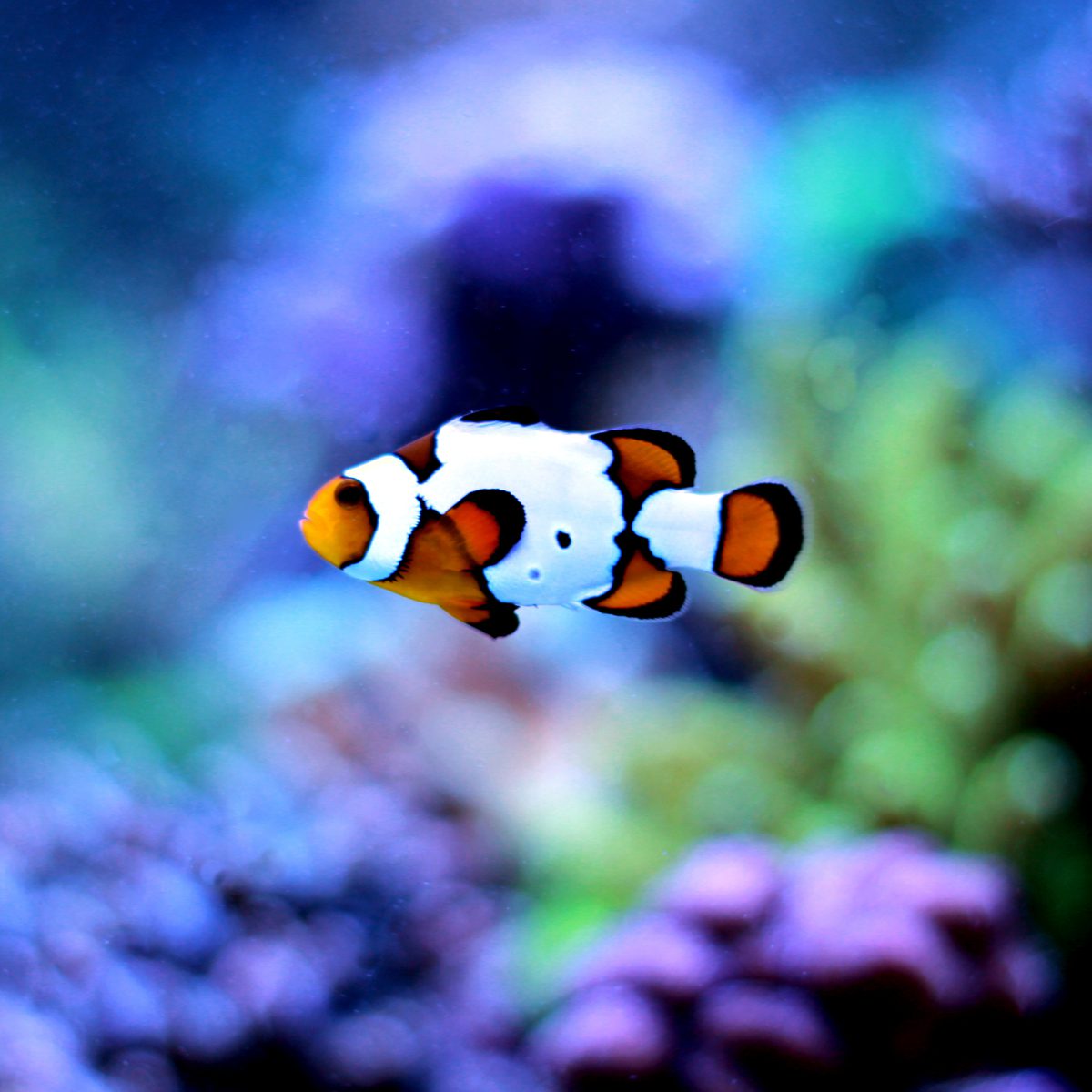
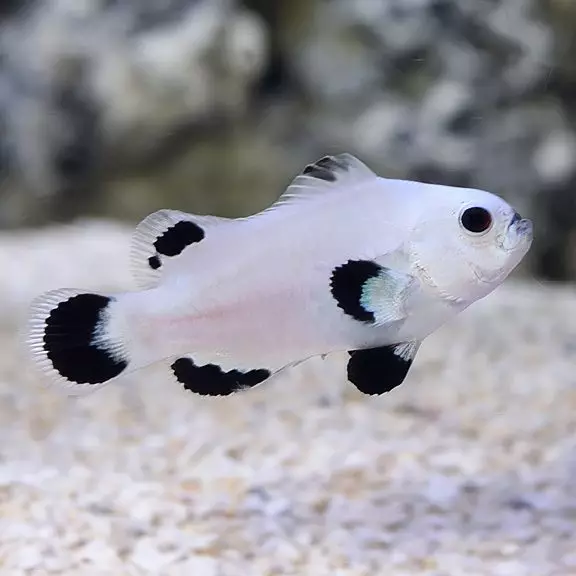
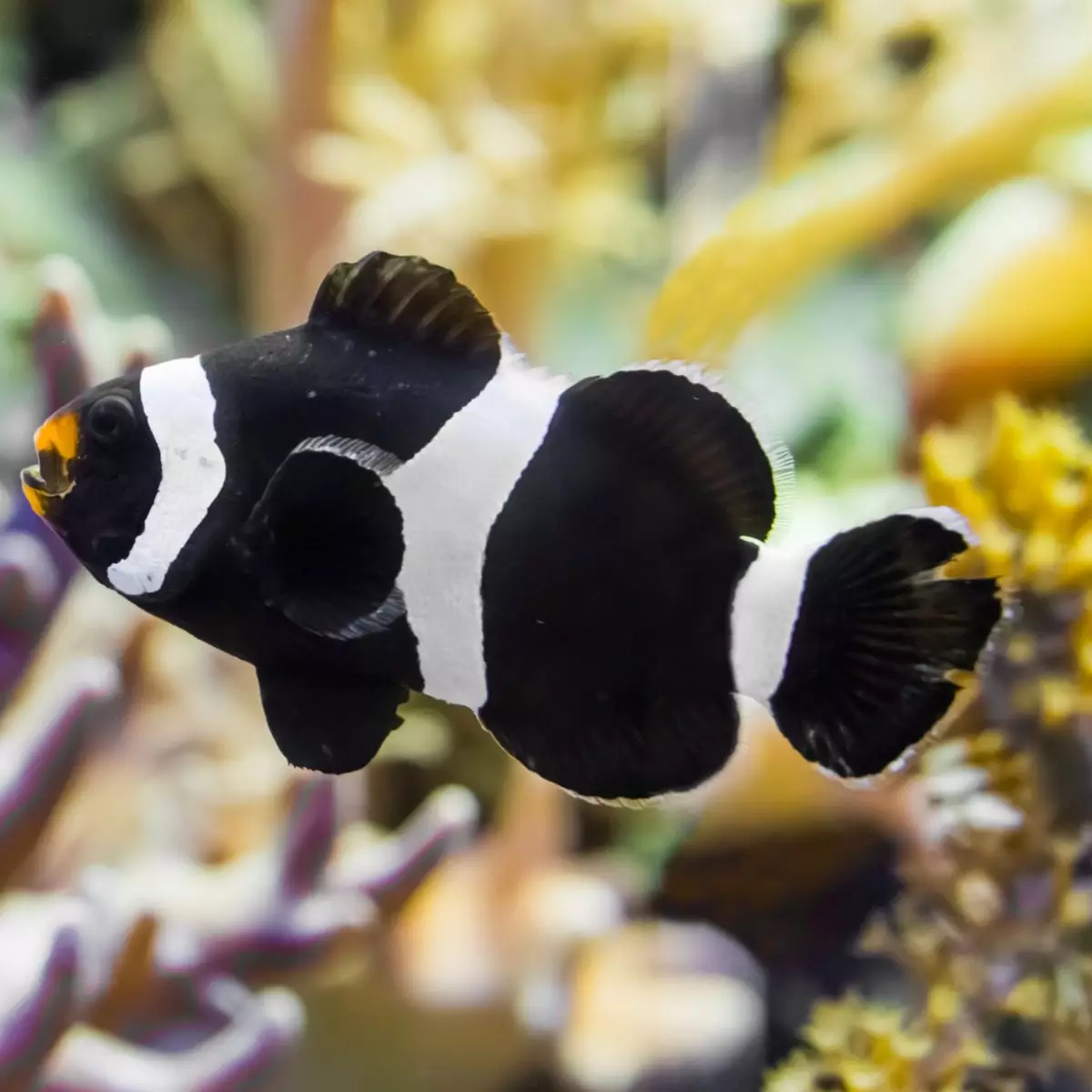

Reviews
There are no reviews yet.